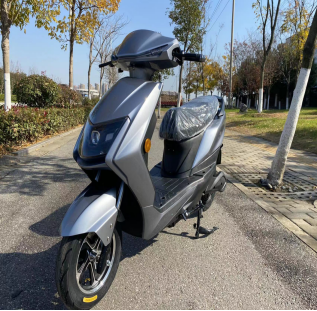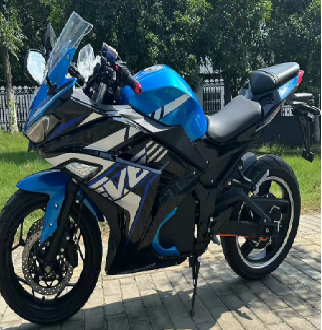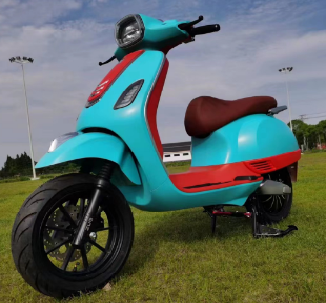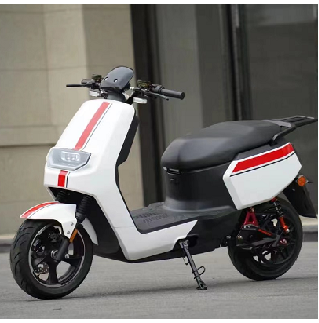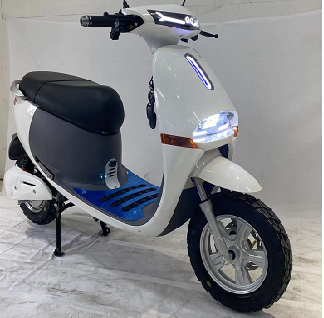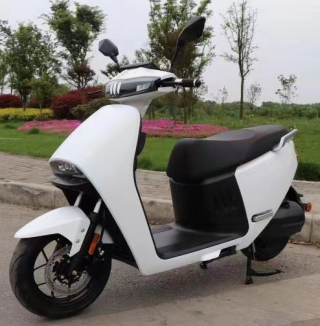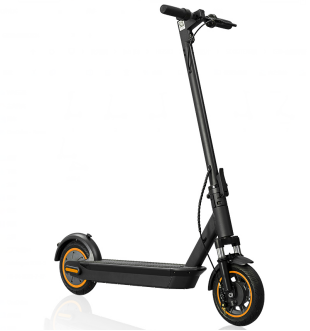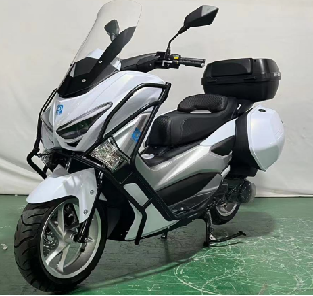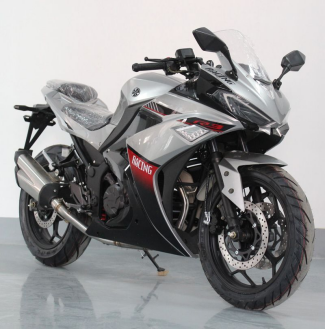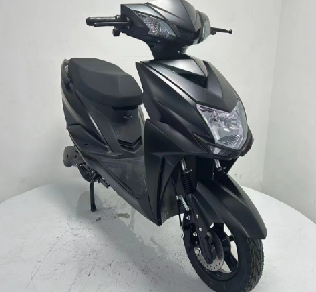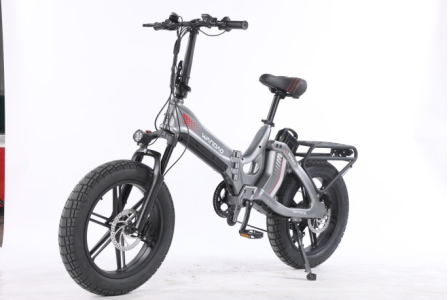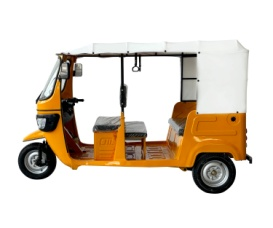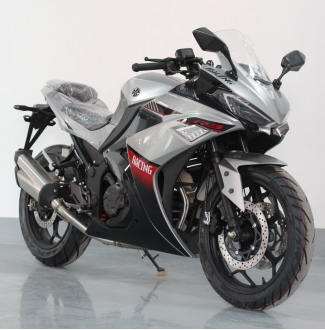A good electric tricycle needs to strike a balance between practicality, safety, durability, and user experience. Its specific characteristics can be viewed from the following core dimensions:
1. Power and Range: Meeting Practical Needs**
Strong and stable power**: The motor power should be adapted to the usage scenario (carrying people/cargo). It should not "lack power" when climbing slopes or carrying heavy loads, with smooth(start-up) and linear acceleration to avoid safety hazards caused by sudden jerks.
Long-lasting and real range**: The battery capacity should match the advertised range (e.g., claiming 100 km and actually able to run 80-90 km). It should support fast charging (if needed), have minimal range reduction in low-temperature environments (especially for users in northern regions), and use reliable battery brands (such as Tianneng, Chaowei, etc.) with a long lifespan (usually supporting over 500 charge-discharge cycles).
Efficient energy recovery**: Some models are equipped with energy recovery during coasting or braking, which can slightly improve range while reducing brake pad wear.
2. Load Capacity and Space: Balancing Passenger and Cargo Needs**
-Reasonable load design**: Cargo models need sufficient load-bearing capacity (frame, tires, and suspension can support the corresponding weight), and the cargo box size should fit common needs (e.g., width and depth suitable for carrying goods). Foldable or detachable sideboards are better. Passenger models focus on seat comfort, with ample rear space and reserved areas for luggage.
Sturdy structure**: The frame is made of high-strength steel with firm welding. There should be no obvious deformation or abnormal noise when bumping or carrying heavy loads. The cargo box floor is anti-slip and wear-resistant (e.g., using patterned steel plates or thickened plastic).
3. Safety: Details Determine Reliability**
Sensitive and stable braking**: Priority is given to disc brakes (front wheel or both front and rear wheels) for short braking distances, which are not easy to skid in rainy weather or when carrying heavy loads. Drum brakes should ensure uniform braking to avoid uneven braking.
Solid tires and suspension**: Tires are wear-resistant and puncture-resistant (e.g., vacuum tires) with strong grip, adapting to non-paved roads such as gravel roads and muddy paths. The suspension system (e.g., springs, hydraulic shock absorbers) can filter bumps, reducing body shaking and improving handling stability.
Comprehensive protective designs**: Equipped with turn signals, brake lights, and headlights (bright enough for night driving). Some models have rearview mirrors and reverse cameras. The body has anti-rollover designs (e.g., widened wheelbase, low center of gravity). Seats for passengers are equipped with seat belts, and cargo boxes have guardrails to prevent goods from falling.
4. Durability and Maintenance: Reducing Usage Costs**
Reliable quality of core components**: Core components such as controllers, motors, and batteries use well-known brands with low failure rates. Manufacturers provide a long warranty period (e.g., 3-year warranty for motors, 1-2-year warranty for batteries).
Easy maintenance design**: Key components (such as batteries and controllers) are easy to disassemble and assemble. Daily inspections (e.g., tire pressure, brake wear) do not require professional tools. The body has adequate anti-rust treatment (especially the frame and cargo box) to avoid rust after long-term use.
5. Handling and Experience: Balancing Convenience and Comfort**
- **Flexible and easy to handle**: Steering is light, making it easy for even women or the elderly to drive. The turning radius is small, suitable for穿梭 (shuttling) in narrow lanes, markets, and other scenarios.
- **Humanized details**: The seat height and angle fit ergonomics, avoiding fatigue during long drives. The instrument panel clearly displays power, speed, and mileage. There are practical configurations such as USB charging ports and storage compartments. The body has a lightweight design (within the allowable load range) for easy parking and moving.
6. Compliance: Avoiding Usage Risks**
- It meets national or local licensing standards (e.g., with 3C certification, listed in the MIIT catalog). Especially in cities with strict management of electric tricycles, compliant models can be registered normally, avoiding the risk of being seized.
In short, a good electric tricycle should emphasize different characteristics according to specific uses (carrying people, hauling goods, commuting), but the core is "sufficient power, solid range, safety and reliability, durability and easy maintenance", while taking into account the convenience and compliance of the usage scenario.

- Email: ericzhongjin2024@163.com
- Phone: +86 13661261773

